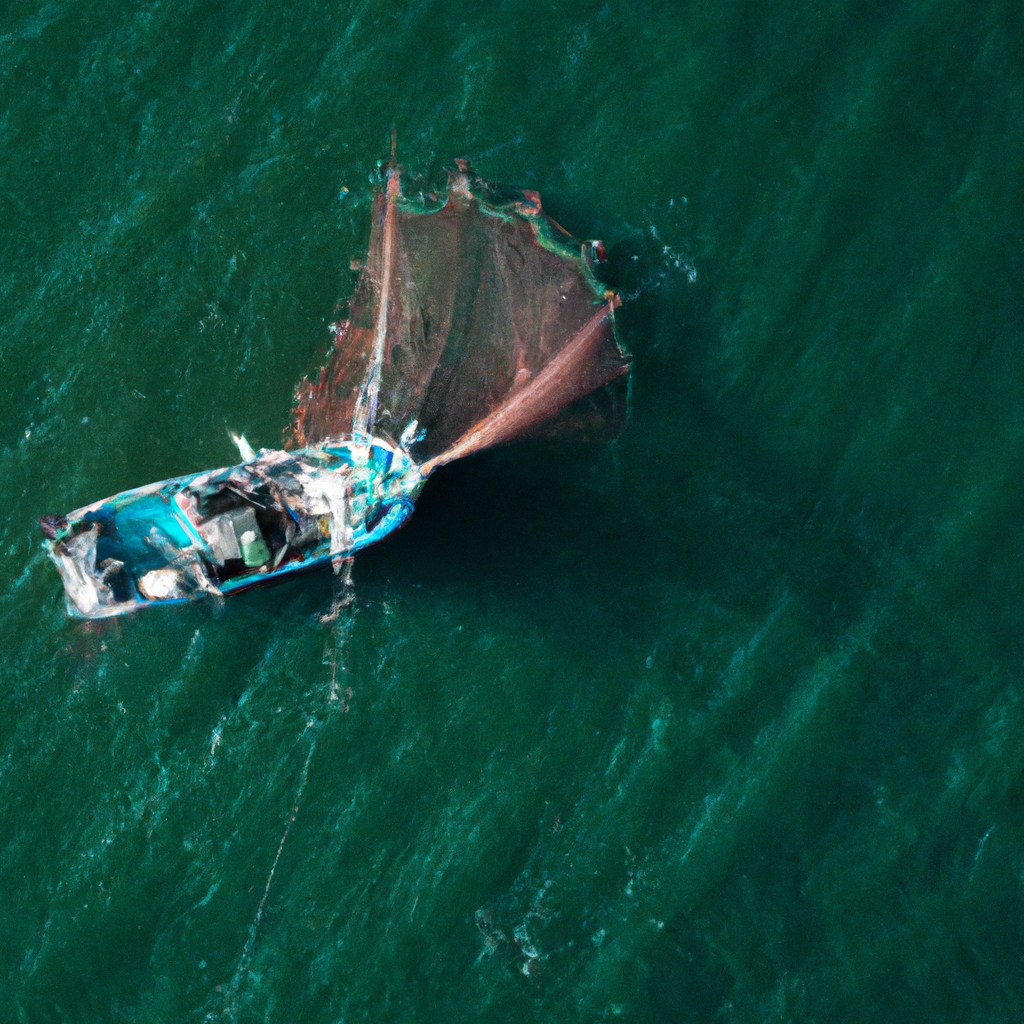Sustainable fishing is a crucial practice that ensures the conservation of marine life and the responsible management of fisheries. It involves eco-friendly fishing practices that prioritize the long-term health of aquatic ecosystems, ensuring that fishing activities do not lead to the depletion of fish populations. In this article, we will explore the principles of sustainable fishing, ethical fishing, fishery management, fishing regulations, and sustainable seafood.
Principles of Sustainable Fishing:
1. Protecting Ecosystems: Sustainable fishing practices prioritize the protection of aquatic ecosystems and habitats. This involves preventing overfishing, avoiding the use of destructive fishing methods that harm marine life and the environment, and minimizing bycatch, which refers to the unintentional capture of non-target species.
2. Responsible Fishing: Sustainable fishing practices prioritize responsible fishing, which involves fishing within limits that allow fish populations to replenish and ensuring that fishing does not harm other marine species. This includes implementing fishing quotas and size limits, using selective fishing methods that target specific species, and avoiding fishing during breeding seasons to allow fish populations to reproduce.
3. Fishery Management: Fishery management is a crucial aspect of sustainable fishing. It involves the scientific monitoring of fish populations, the implementation of fishing regulations and policies, and the collaboration between fisheries and conservationists to promote sustainable fishing practices.
4. Ethical Fishing: Ethical fishing is an essential principle of sustainable fishing. It involves treating marine life with respect and ensuring that fishing activities do not cause unnecessary harm or suffering to fish and other marine species. This includes implementing humane fishing methods, such as using hooks that minimize injury to fish, and avoiding the use of nets that entangle and harm marine life.
5. Sustainable Seafood: Sustainable seafood refers to products that are harvested using sustainable fishing practices. These products are certified by organizations such as the Marine Stewardship Council (MSC) and the Aquaculture Stewardship Council (ASC), which ensure that they meet strict sustainability standards.
Eco-Friendly Fishing Practices:
1. Selective Fishing: Selective fishing is an eco-friendly fishing practice that targets specific fish species while avoiding the capture of non-target species. This technique involves using fishing gear that is designed to catch specific fish and avoid bycatch.
2. Pole and Line Fishing: Pole and line fishing is an eco-friendly fishing method that involves using a fishing pole and bait to catch fish. This method is selective and minimizes the impact on marine ecosystems.
3. Trap Fishing: Trap fishing is an eco-friendly fishing method that involves using traps or pots to catch fish. This method is selective and avoids the use of destructive fishing methods such as trawling.
4. Bottom Longlining: Bottom longlining is an eco-friendly fishing method that involves using a long line with hooks to catch fish. This method is selective and minimizes the impact on marine ecosystems.
Fishing Regulations:
1. Fishing Quotas: Fishing quotas are limits on the amount of fish that can be caught in a given period. These quotas are based on scientific assessments of fish populations and are designed to ensure that fish populations remain sustainable.
2. Size Limits: Size limits are regulations that specify the minimum and maximum size of fish that can be caught. These limits help to ensure that fish populations have the opportunity to reproduce and grow.
3. Closed Seasons: Closed seasons are periods when fishing is prohibited in specific areas to allow fish populations to breed and replenish. These periods are designed to ensure that fish populations remain sustainable.
4. Gear Restrictions: Gear restrictions are regulations that restrict the use of fishing gear that can harm marine life or the environment. These restrictions help to ensure that fishing activities are sustainable and eco-friendly.
In conclusion, sustainable fishing practices are essential for the conservation of marine life and the responsible management of fisheries. The principles of sustainable fishing prioritize the protection of ecosystems, responsible fishing, fishery management, ethical fishing, and sustainable seafood. Eco-friendly fishing practices, such as selective fishing, pole and line fishing, trap fishing, and bottom longlining, minimize the impact on marine ecosystems. Fishing regulations, such as fishing quotas, size limits, closed seasons, and gear restrictions, ensure that fishing activities are sustainable and eco-friendly. By implementing sustainable fishing practices, we can ensure that our oceans remain healthy and abundant for future generations.







